Latex mattresses have been gaining popularity in recent years, especially among parents looking for safe and eco-friendly options for their babies. However, with so many different types of mattresses available on the market, it can be overwhelming to decide which one is best for your little one. So, are latex mattresses safe for babies? Let's take a closer look at the benefits and potential risks associated with these mattresses to help you make an informed decision for your family.
1. Latex Mattresses for Babies: Are They Safe?
One of the biggest benefits of using a latex mattress for your baby is its natural and sustainable properties. Latex is derived from the sap of rubber trees and is considered to be a more eco-friendly option compared to synthetic mattresses. It is also known for its durability, so you can expect your baby's mattress to last for years.
However, latex mattresses can also come with certain risks for babies. One of the main concerns is that they may contain chemicals or allergens that could potentially harm your little one. This is why it's important to carefully research and choose a safe and certified latex mattress for your baby.
2. The Benefits and Risks of Using Latex Mattresses for Babies
When it comes to latex mattresses for babies, the most important factor to consider is safety. Look for mattresses that are certified by reputable organizations such as the Global Organic Latex Standard (GOLS) and the Global Organic Textile Standard (GOTS). These certifications ensure that the mattress is made from natural materials and does not contain harmful chemicals.
It's also important to pay attention to the firmness of the mattress. According to the American Academy of Pediatrics (AAP), a firm mattress is the safest for babies to sleep on. This helps reduce the risk of suffocation and Sudden Infant Death Syndrome (SIDS).
3. How to Choose a Safe Latex Mattress for Your Baby
In addition to the GOLS and GOTS certifications, there are other safety standards that latex mattresses for babies should meet. These include being flame retardant, lead-free, and phthalate-free. Flame retardants are important for preventing fires, while lead and phthalates are harmful chemicals that can affect your baby's health.
It's also recommended to choose a mattress with a removable and washable cover to make cleaning and maintaining the mattress easier.
4. Understanding the Safety Standards for Latex Mattresses for Babies
When shopping for a latex mattress, you may come across two types: natural and synthetic. Natural latex is made from the sap of rubber trees and is considered to be more eco-friendly and safe for babies. On the other hand, synthetic latex is made from chemicals and may contain harmful substances such as VOCs (volatile organic compounds).
If you choose a natural latex mattress, make sure it is 100% natural and certified by GOLS and GOTS. Synthetic latex mattresses may be more affordable, but they may not offer the same level of safety and sustainability as natural ones.
5. The Difference Between Natural and Synthetic Latex Mattresses for Babies
As with any material, it's possible for babies to have allergies or sensitivities to latex mattresses. If your baby experiences symptoms such as rashes, coughing, or difficulty breathing while sleeping on a latex mattress, it's best to switch to a different type of mattress. It's also recommended to consult with your pediatrician if you suspect your baby may have an allergy.
6. Potential Allergies and Sensitivities to Latex Mattresses in Babies
To ensure your baby's latex mattress remains safe and clean, it's important to follow proper maintenance and cleaning practices. Use a waterproof mattress cover to protect the mattress from any spills or accidents. Regularly vacuum and air out the mattress to prevent the buildup of dust mites and other allergens. If possible, rotate the mattress every few months to help it maintain its shape and firmness.
7. Tips for Maintaining a Safe and Clean Latex Mattress for Your Baby
As mentioned earlier, the AAP recommends using a firm mattress for babies to reduce the risk of SIDS. When it comes to latex mattresses, they are known for being naturally firm, which is why they are often recommended for babies. However, it's still important to check the firmness level and make sure it meets the standards set by the AAP.
A mattress that is too soft can increase the risk of suffocation, while a mattress that is too firm may not provide enough support for your baby's developing body. It's always best to err on the side of caution and choose a firmer mattress for your baby's safety.
8. The Importance of Proper Firmness in a Latex Mattress for Babies
There are several other types of mattresses available for babies, including innerspring, memory foam, and organic cotton. When comparing these options to latex mattresses, it's important to consider the safety, durability, and eco-friendliness of each one. Innerspring mattresses may be less expensive but can contain harmful chemicals. Memory foam mattresses may be comfortable, but they can also be too soft and increase the risk of suffocation. Organic cotton mattresses are a safe and eco-friendly option, but they may not offer the same level of support as latex.
9. Comparing Latex Mattresses to Other Types of Mattresses for Babies
To ensure your baby is sleeping safely on a latex mattress, it's important to follow the recommendations of experts. The AAP recommends placing your baby on their back to sleep on a firm, flat surface with a tight-fitting sheet. They also advise against using any soft bedding, pillows, or stuffed animals in the crib to reduce the risk of suffocation. By following these guidelines and choosing a safe and certified latex mattress, you can have peace of mind knowing your baby is sleeping safely.
In conclusion, latex mattresses can be safe for babies when chosen and maintained properly. Consider factors such as safety certifications, firmness, and potential allergies when deciding on a latex mattress for your little one. By making an informed decision, you can provide your baby with a safe and comfortable sleeping environment.
10. Expert Recommendations for Safe Sleeping on a Latex Mattress for Babies
Are Latex Mattresses Safe for Babies?

The Importance of Safe Sleeping for Babies
 When it comes to designing a nursery for your little one, safety is always a top priority. From baby-proofing the room to choosing the right products, every decision must be made with caution. One of the most important elements of a safe nursery is the mattress
where your baby will be spending a majority of their time
. With numerous options on the market, you may be wondering,
"Are latex mattresses safe for babies?"
When it comes to designing a nursery for your little one, safety is always a top priority. From baby-proofing the room to choosing the right products, every decision must be made with caution. One of the most important elements of a safe nursery is the mattress
where your baby will be spending a majority of their time
. With numerous options on the market, you may be wondering,
"Are latex mattresses safe for babies?"
The Truth About Latex Mattresses
 Latex mattresses have been gaining popularity in recent years due to their eco-friendly materials and hypoallergenic properties. Latex is a natural material derived from the sap of rubber trees, making it an attractive option for parents looking for a more environmentally conscious choice. However,
when it comes to safety for babies, there are a few things to consider.
Latex mattresses have been gaining popularity in recent years due to their eco-friendly materials and hypoallergenic properties. Latex is a natural material derived from the sap of rubber trees, making it an attractive option for parents looking for a more environmentally conscious choice. However,
when it comes to safety for babies, there are a few things to consider.
Is Latex Safe for Babies?
 First and foremost, it is important to note that there are two types of latex mattresses: natural and synthetic. Natural latex mattresses are made from 100% natural latex, while synthetic latex mattresses are made from a blend of natural and man-made materials.
When it comes to safety, natural latex mattresses are the way to go for your baby.
Natural latex does not emit any harmful chemicals or toxins, making it a safe and non-toxic option for your little one.
First and foremost, it is important to note that there are two types of latex mattresses: natural and synthetic. Natural latex mattresses are made from 100% natural latex, while synthetic latex mattresses are made from a blend of natural and man-made materials.
When it comes to safety, natural latex mattresses are the way to go for your baby.
Natural latex does not emit any harmful chemicals or toxins, making it a safe and non-toxic option for your little one.
Benefits of Latex Mattresses for Babies
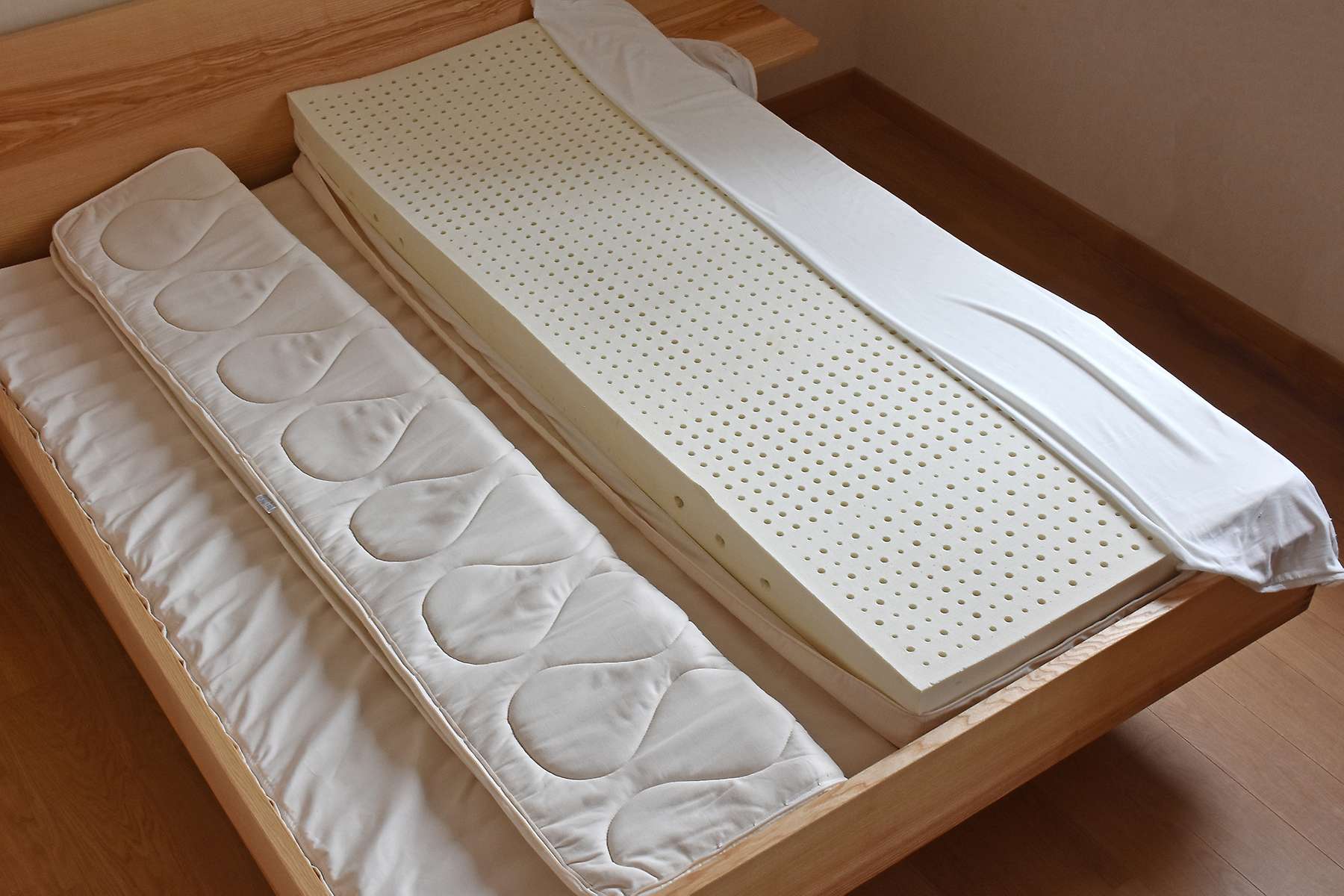 Aside from being a safe and eco-friendly choice, there are other benefits to choosing a latex mattress for your baby. Latex is naturally hypoallergenic, making it ideal for babies with sensitive skin or allergies. It also has anti-microbial properties, meaning it inhibits the growth of bacteria and mold,
making it a healthier sleeping environment for your baby.
Latex mattresses also provide excellent support and comfort, promoting proper spinal alignment and ensuring your baby gets a good night's sleep.
Aside from being a safe and eco-friendly choice, there are other benefits to choosing a latex mattress for your baby. Latex is naturally hypoallergenic, making it ideal for babies with sensitive skin or allergies. It also has anti-microbial properties, meaning it inhibits the growth of bacteria and mold,
making it a healthier sleeping environment for your baby.
Latex mattresses also provide excellent support and comfort, promoting proper spinal alignment and ensuring your baby gets a good night's sleep.
Additional Safety Considerations
 While latex mattresses are generally safe for babies, there are a few additional safety precautions to keep in mind.
Always make sure to choose a reputable brand and look for certifications such as the Global Organic Latex Standard (GOLS) or Global Organic Textile Standard (GOTS).
These certifications ensure that the mattress is made from 100% natural materials and has not been treated with any harmful chemicals.
While latex mattresses are generally safe for babies, there are a few additional safety precautions to keep in mind.
Always make sure to choose a reputable brand and look for certifications such as the Global Organic Latex Standard (GOLS) or Global Organic Textile Standard (GOTS).
These certifications ensure that the mattress is made from 100% natural materials and has not been treated with any harmful chemicals.
In Conclusion
 So, are latex mattresses safe for babies?
The answer is yes, as long as you choose a natural latex mattress from a reputable brand. Not only are they safe, but they also provide numerous benefits for your little one's health and well-being. Consider all factors and do your research before making a decision, and you can rest easy knowing your baby is sleeping on a safe and comfortable mattress.
So, are latex mattresses safe for babies?
The answer is yes, as long as you choose a natural latex mattress from a reputable brand. Not only are they safe, but they also provide numerous benefits for your little one's health and well-being. Consider all factors and do your research before making a decision, and you can rest easy knowing your baby is sleeping on a safe and comfortable mattress.




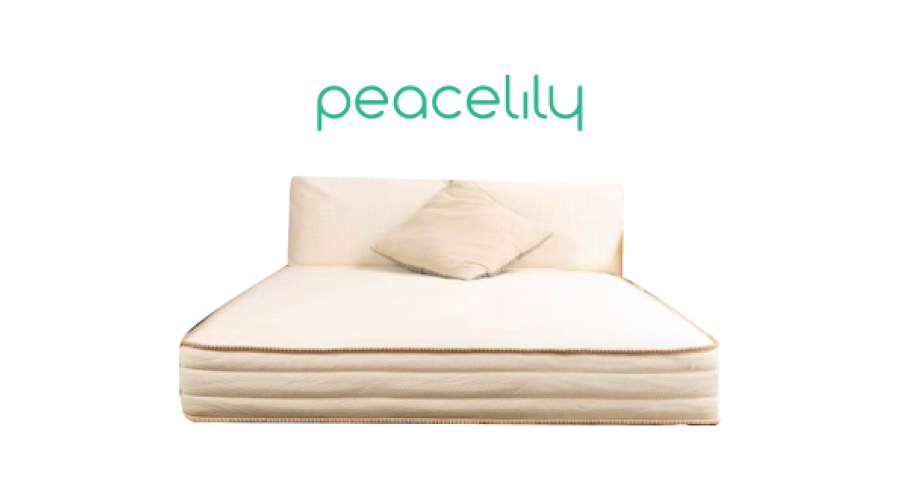


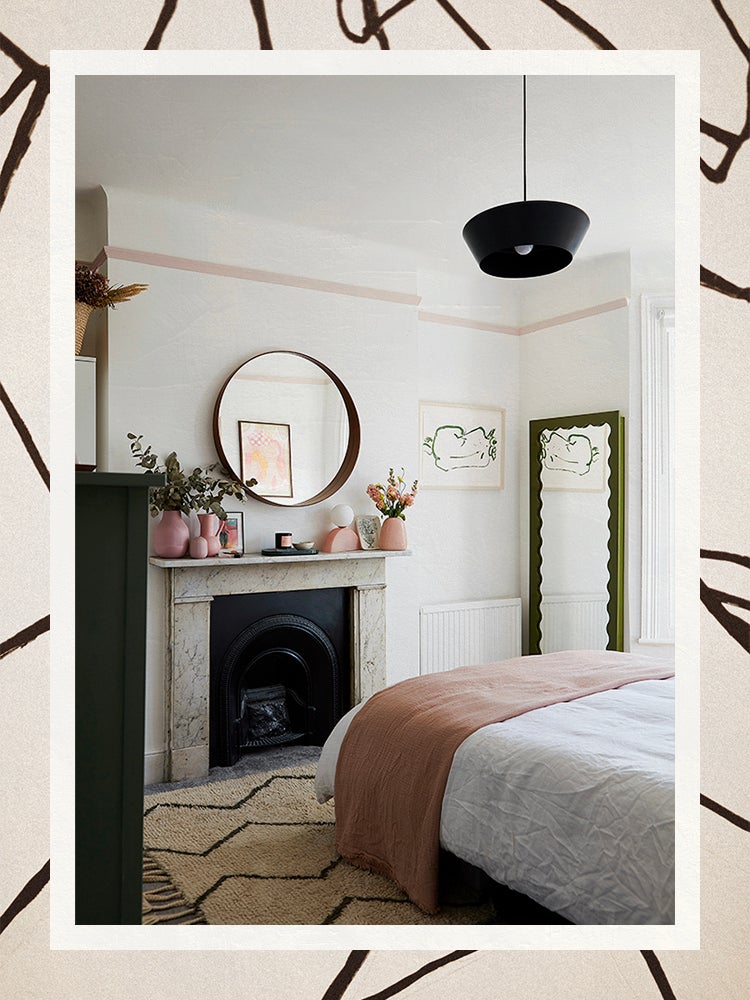



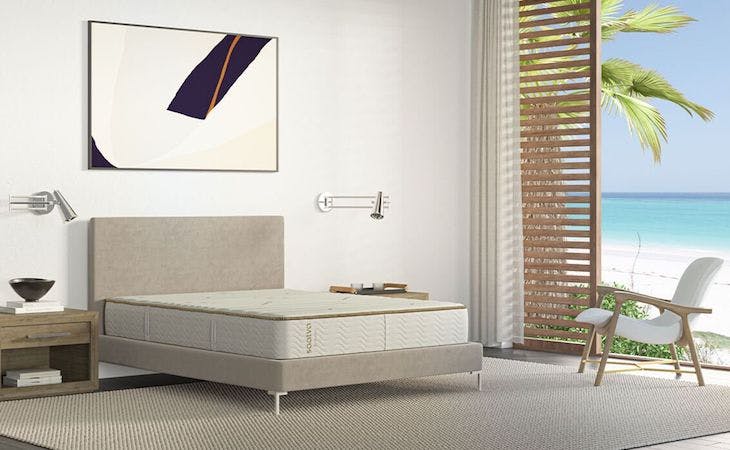







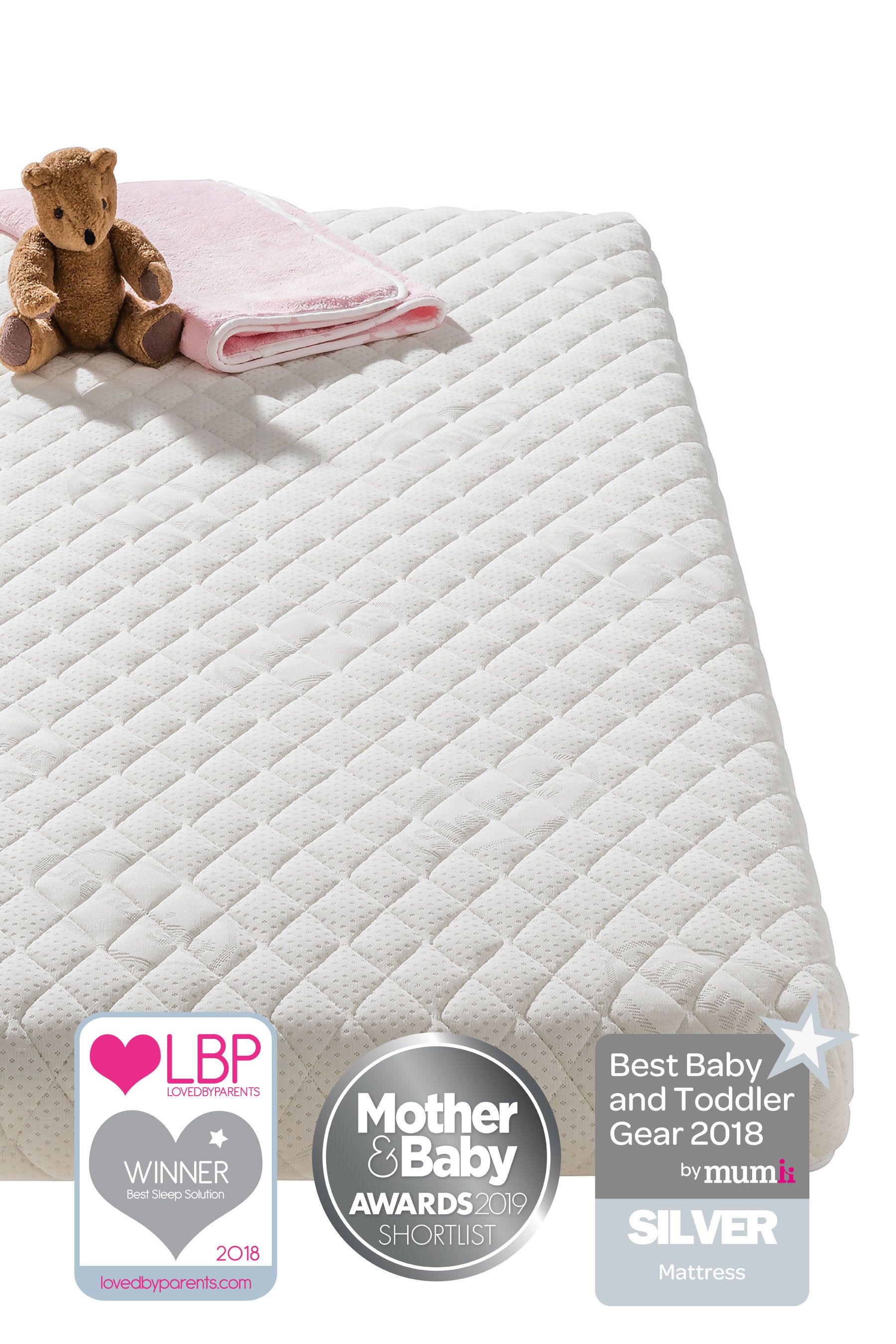



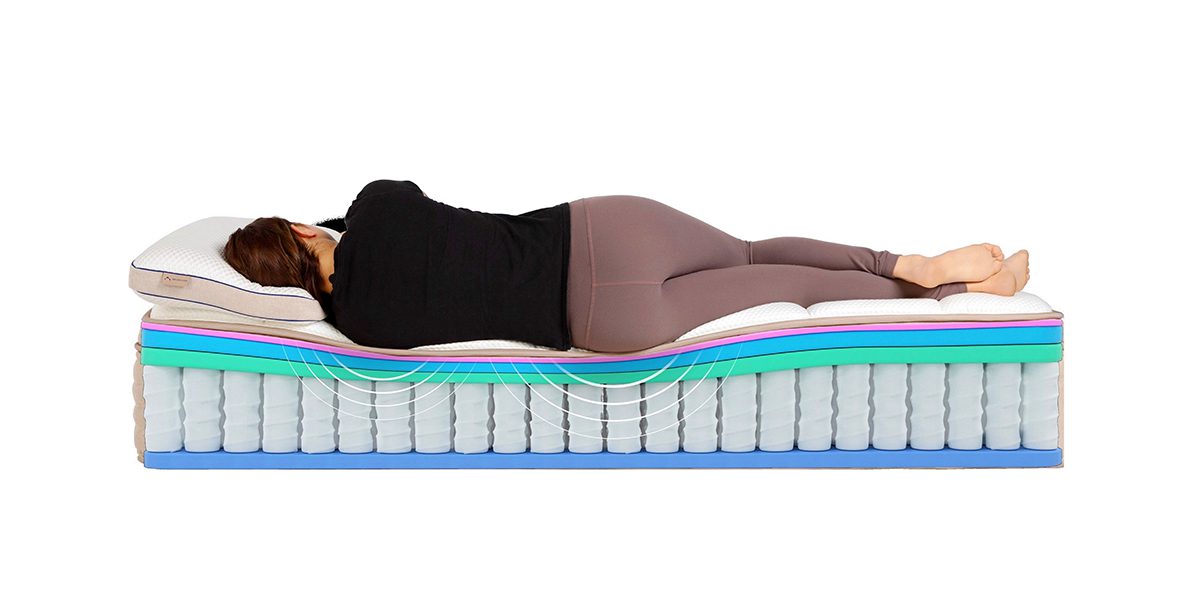



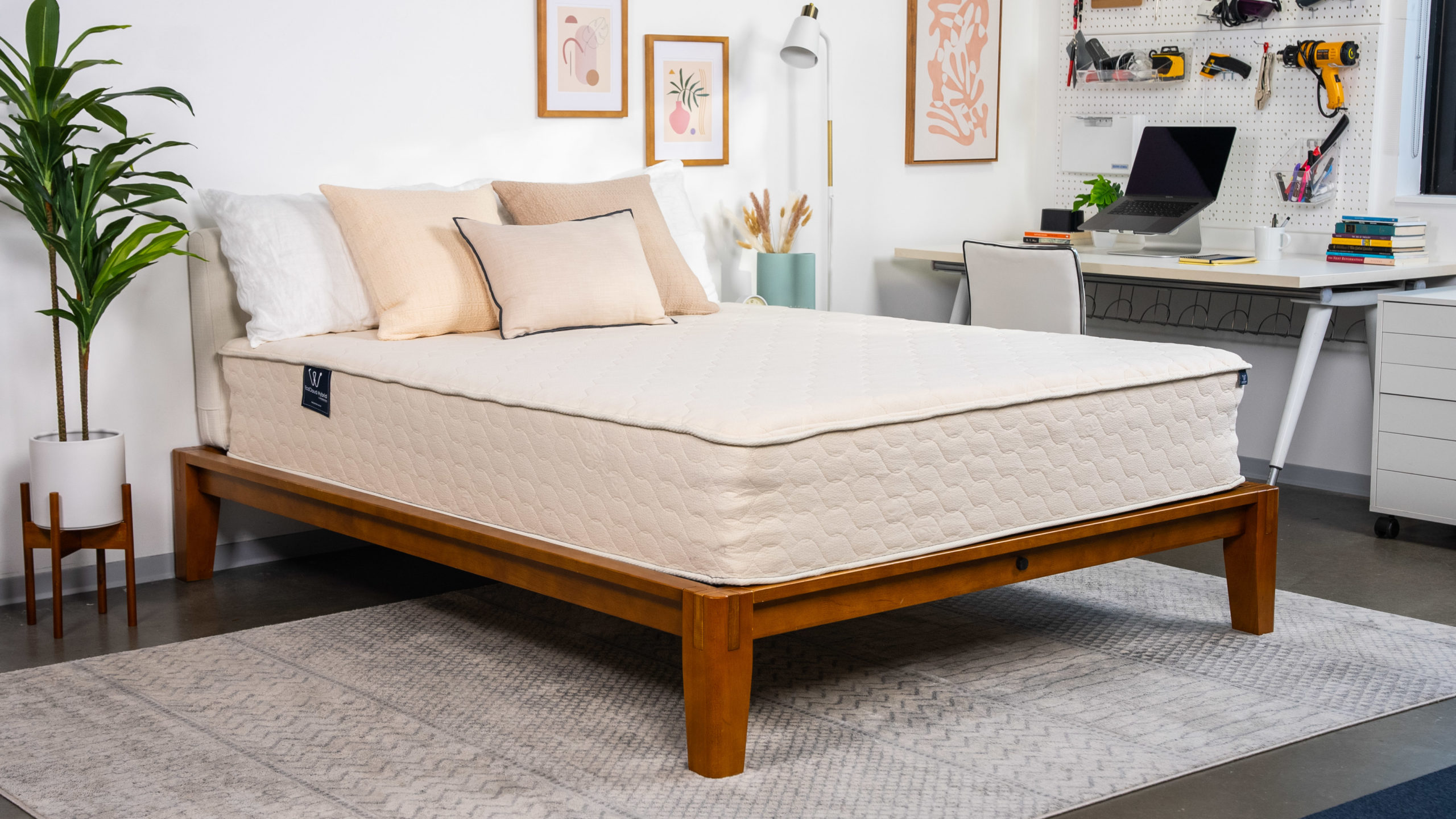








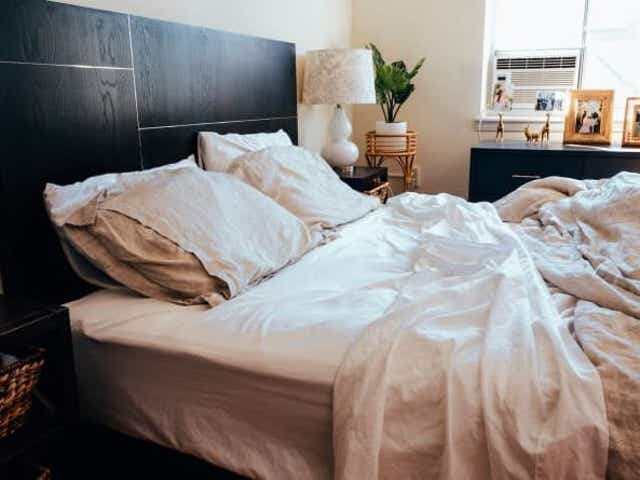




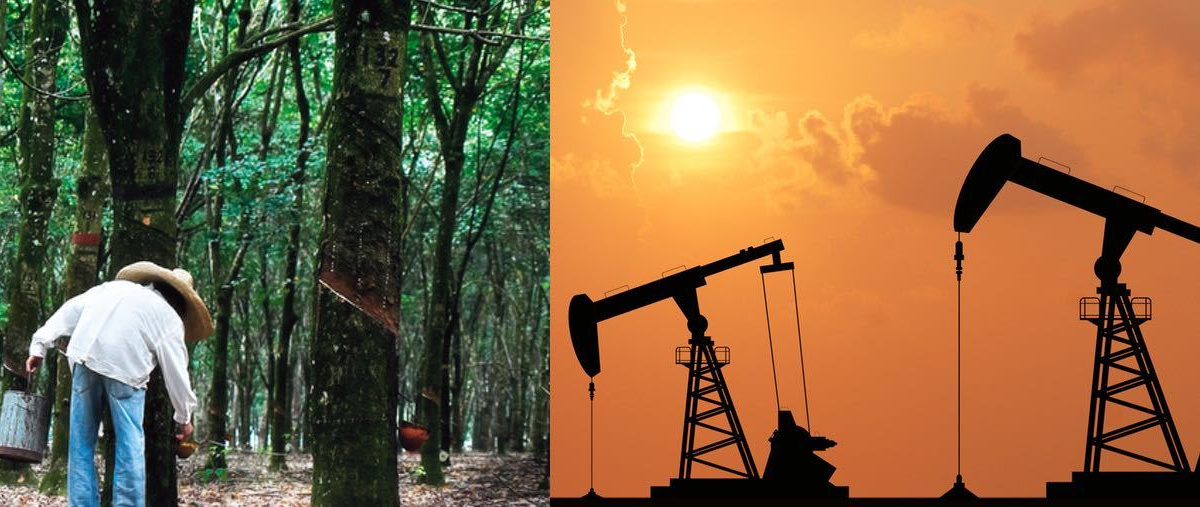












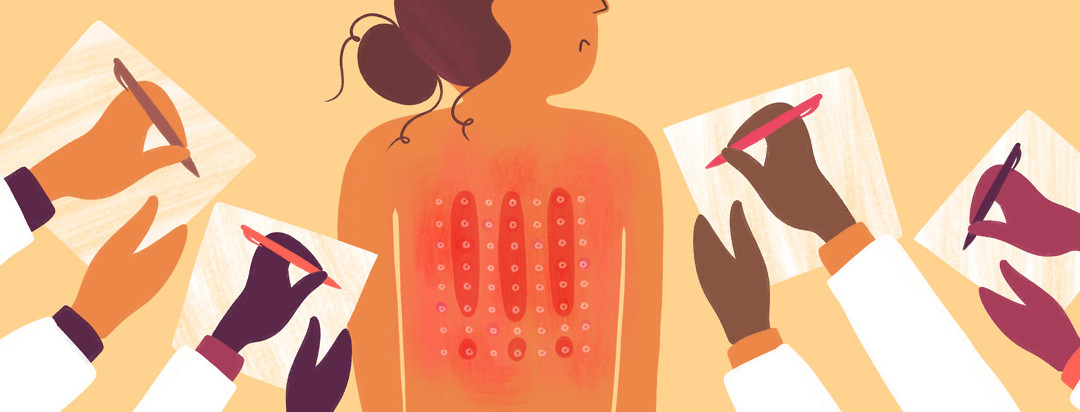















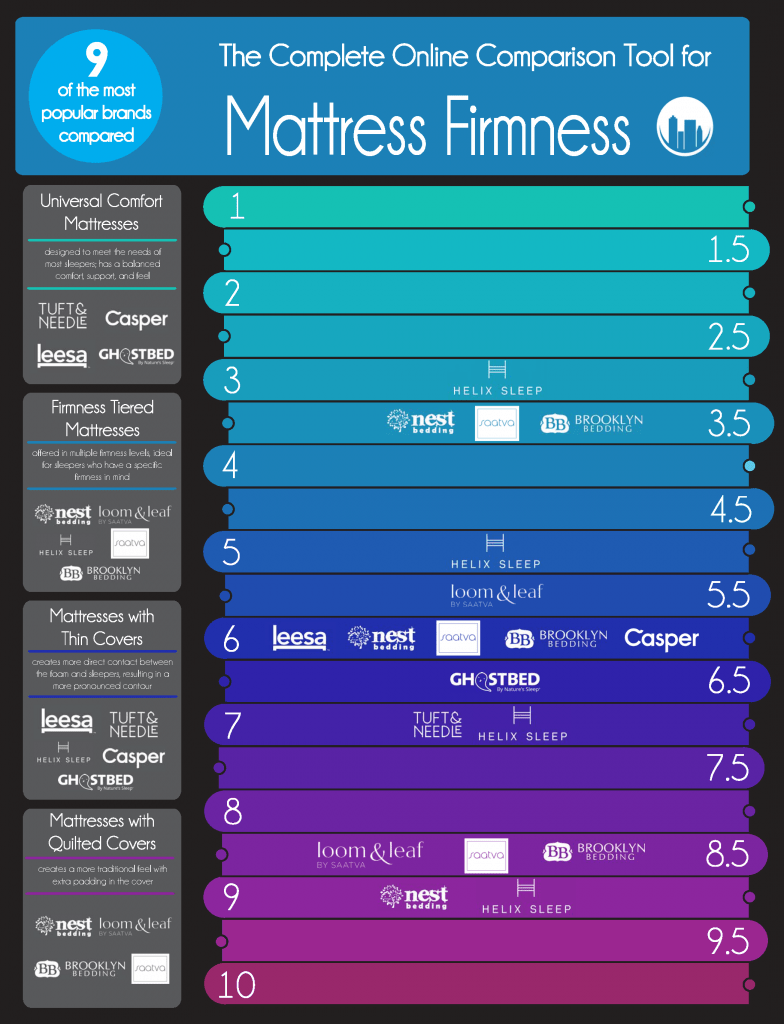
























:max_bytes(150000):strip_icc()/SleeponLatex-b287d38f89374e4685ab0522b2fe1929.jpeg)













